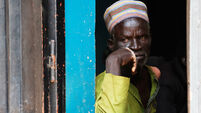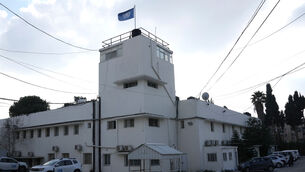Shackleton's whiskey found in Antarctic ice
Five crates of Scotch whiskey buried under Antarctic ice for more than 100 years have been recovered by a heritage team restoring explorer Ernest Shackleton’s hut.
New Zealand Antarctic Heritage Trust team leader Al Fastier says he believes some bottles are still intact.














